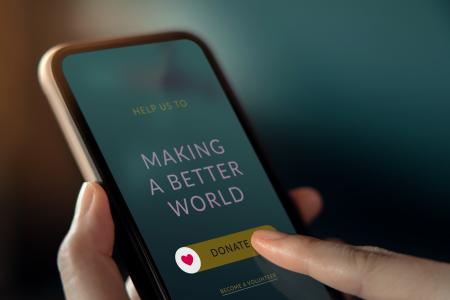Tip 1 - Customer centric
For so many websites, the focus of the content is on themselves. It's about what they can do, what they have done and services, products and options that they can provide. A clever website turns this 180 degrees and makes the majority of the content focused on the visitor.

Tip 2 - Build trust and authority
Visitors will interact with brands and people that they like and trust. However, authority and trust can't be bought, they have to be earned. One of the most effective ways to do this is to have a website that provides the most value to the user in your particular niche or area of expertise. Help your visitors - give advice, provide solutions and educate. Be ground breaking - nurture them, solve problems, be the voice they can trust. Give away advice and useful content for free. People that have had a good experience interacting with your brand are far more likely to convert later. Even better, they are also likely to become ambassadors for your brand/organisation without you having to do a thing.
Tip 3 - Learn where the problems are
It is no good just guessing where your website is falling short, you need to know. No website is ever complete - it needs to continue to change and adapt. You need to constantly learn, tweek and improve. Understanding what users really think of your site is vital.
There are many ways we can get this information. Google analytics can provide a wealth of information, from which pages visitors are using, where they are leaving your site and how long they spend on different pages. Other tools can record user actions on your site so you can see exactly what they see when they visit your pages. Heat maps, and form analytics also provide great information. If you have a lot of traffic on your site, surveys, polls and feedback forms can give useful information as well, although they tend to only work on higher traffic sites.
One of the best ways to test and learn from your site is simple user testing. Getting users to visit your site and go through the process of conversion while you watch or record them. Ask them to vocalise what they are thinking and doing. You may hear things like 'I can't find the checkout button' or 'how do I find out the difference between the two versions?'. All the information that you get from user testing can be implemented in making your site far more productive.

Tip 4 - Focus on small steps
So many websites try to go from new visitor to conversion in one short swift visit. Unless you are selling something that is a cheap(ish) impulse buy, more often than not the gap between a new visitor and a conversion (whatever that might be for you), is too great, resulting in no conversion.
A simple idea to combate this is to break down the conversion into smaller steps. Signing up for a 12 month contract with your service might be a big step, but downloading a free guide on how your service solves the visitors particular problem is a baby step. The visitor gets something useful (and for free), and you get a small commitment from them - they have taken a baby step. This could be followed up with the offer of a free trial or maybe a case study. All the time you are moving the visitor along closer to the conversion while adding trust, authority and most importantly, value to that user.
Tip 5 - Gain/loss rule
Getting someone to change their mind or position is hard. As humans, we perceive the value of loss 2.6 times greater than the value of gain. That means that when you want someone to switch over their contract from some other company to yours, the value of what they gain has to be at least 2.6 times stronger than the value of what they might lose.
That value of loss might be hidden in factors like money, time, effort, risk, fear and comparable features. Understanding these bottlenecks means that you can work hard to make sure your website increases the perception of gain where it is needed most. An example of using risk as the loss factor might be to offer a free trial, or a money back guarantee to your product or service. It might also be useful to use case studies or quotes from others that took the 'risk' and have never looked back to regret it.
Once you understand what your visitors perceive as loss factors with what you are offering, then you are in a better position to improve your website to combat these bottlenecks.
Feeling overwhelmed?
Not to worry, we are here to help. If you are concerned that your website is not converting customers as well as you hoped, then we can help. We have a couple of services we offer including Zoom consultation and website audits. Alternatively, you can just get in touch and we will be more than happy to discuss your requirements.









